If you are thinking about marketing your business online, you are going to hear about search engine optimization (SEO).
This is the term web development companies use when talking about getting as much traffic as possible from search engines like Google.
It can be confusing to understand this new language that everyone online seems to feel so comfortable with. So rather than struggling to translate everything, refer to this short list of basic terms for starters.
SERPS: This stands for “Search Engine Results Pages.” These are the results you see after you type a search phrase into Google or another search engine. For anyone with a business online, your goal is to be as high up in the SERPS as possible.
Meta tags: Meta tags are words that appear in the html code for a page, but do not appear on the page itself. They tell search engines specific information about that page. The most common meta tags are a description (of the page), keywords, and author.
Title tags: These are the words that appear in the tab or bar at the very top of your web browser.
ALT tag: The image tag ‘alt’ property provides the “alternative text” for an image. Search engines can’t read images, therefore it is necessary to provide some text that describes the image. This text will show up if the image can’t be displayed and if someone mouses over it.
Hyperlink: A hyperlink is a link you can click on that connects one place to another either on the web or within a document. Hyperlinks can be text or images.
Anchor text: This is the clickable text in a hyperlink. Marketers typically use keywords that describe the linked page as their anchor text, which can help in ranking higher in the SERPS.
Internal links: These are links from one page on a site or domain to another page on the same site/domain. The opposite is an “external link, which involves linking to a page on another website. Both types of links are important for SEO.
Keywords: A keyword is a search word or phrase used by someone when searching the web. The words are used by a search engine in its search for relevant web pages.
Keyword Stuffing: Keyword stuffing is a measure of how many times a specific keyword appears on a page in relation to the number of words on the page. If the keyword density is high, Google may consider that page low quality or spam.
Organic traffic: The free traffic you get naturally from search engines and other directory listings is referred to as organic traffic. The opposite is paid traffic, such as when people who arrive at your site by clicking on one of your ads on another site.
Black Hat SEO: When a site uses too many bad links, contains links that are unrelated to the website, has paid links, is overstuffed with keywords, and is generally of a low quality, these are SEO techniques considered to be black hat.
White Hat SEO: High-quality links and good quality content are considered white hat.
Penguin: This is a code name for a Google algorithm update. The update’s aim is to decrease search engine rankings of websites that violate Google’s Webmaster Guidelines by using black-hat SEO techniques.
There are many more SEO terms that you may hear as you develop your website. Don’t be afraid to ask for definitions and explanations of a term you don’t understand.

